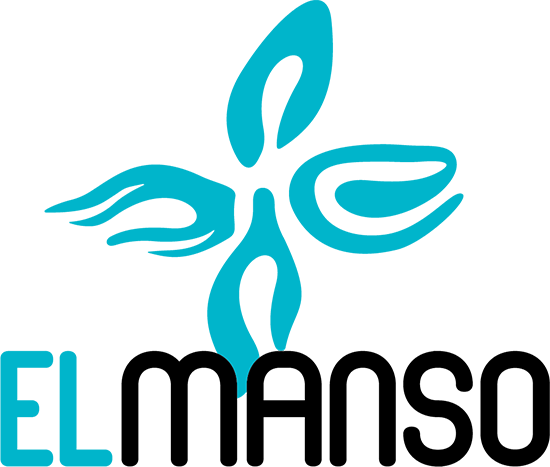
01 – cerro Santa Ana and its new alleys
https://www.guayaquilesmidestino.com/es/historia-arte-y-cultura/cerro-santa-ana
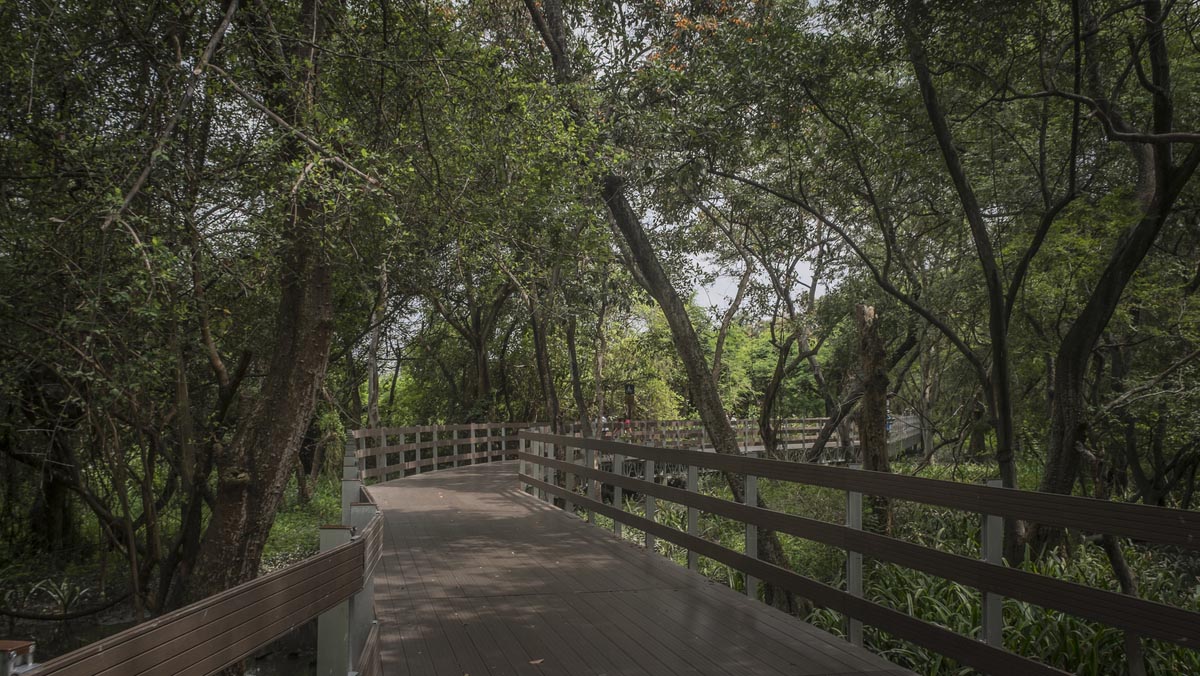
02 – Santay Island
A nature reserve a few minutes from the center of the city. The San Jacinto de Santay community is a zero impact community, with solar panels and a waste recycling program. The island has elevated bikeways that allow to cross it, a community restaurant, a sanctuary of crocodiles and interpretation center. The tourist association also offers boat tours to the Huaquillas estuary that enters the interior of the island, from where you can appreciate an enormous wealth of birds, especially in the rainy season. There is also a self-guided trail that leads to a beautiful viewpoint at the Huaquillas estuary. Normal access to the island is by a pedestrian and bicycle bridge.
How to get there: The community association of tourism offers the service of bicycle rental and transportation in boats to and from the Malecón de Guayaquil. Return trip by boat (includes guide) $ 5. From Wednesday to Sunday every 90 minutes. It can also be reached through the bicycle pedestrian bridge (free). Entrance to the island: no cost. Return trip by boat (includes guide) $ 5. Bicycle rental: $ 4 for two hours.
http://areasprotegidas.ambiente.gob.ec/es/areas-protegidas/%C3
Elevated bike paths. Cabins for the night. $ 30 per person all inclusive, minimum of 2 people. 15 minutes from Manso by taxi (25 by metro) is the bridge. There is a bike rental service at $ 4 an hour. Information on WhatsApp del Manso +593986708815
http://areasprotegidas.ambiente.gob.ec/es/areas-protegidas/%C3%A1rea-nacional-de-recreaci%C3%B3n-isla-santay
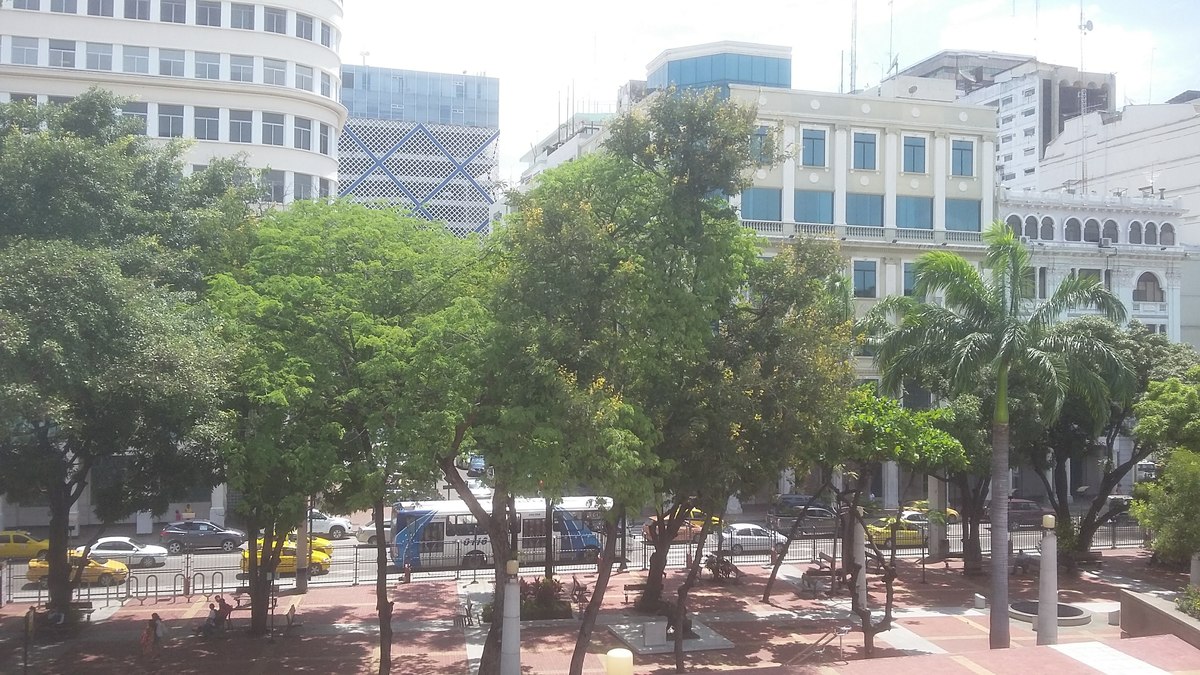
03 – Malecón 2000, the Mercado del Río and 10,000 years of civilizations
www.MercadodelRio.com.ec http://www.museos.culturaypatrimonio.gob.ec/redmuseos/maac/index.php/component/content/article/41-arqueologia/145-diez-mil-anos
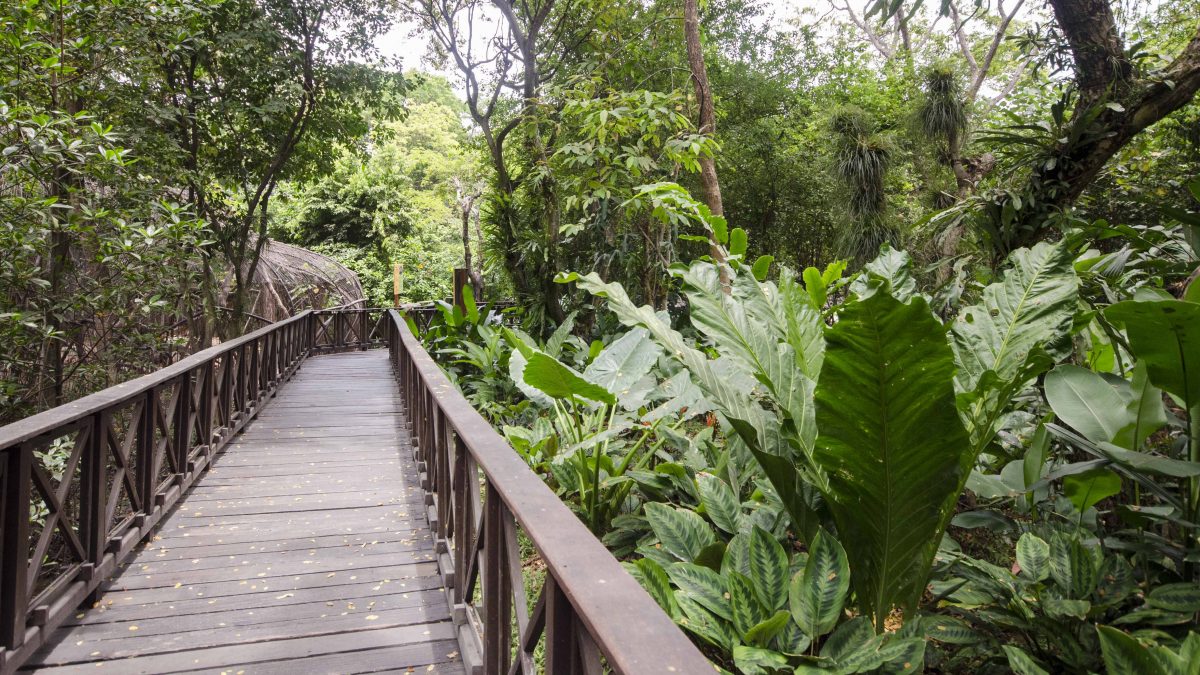
04 – Historical Park and Plaza Lagos
https://www.goraymi.com/es-ec/guayaquil/parque-historico-a7489fbe6
http://www.plazalagos.com.ec/
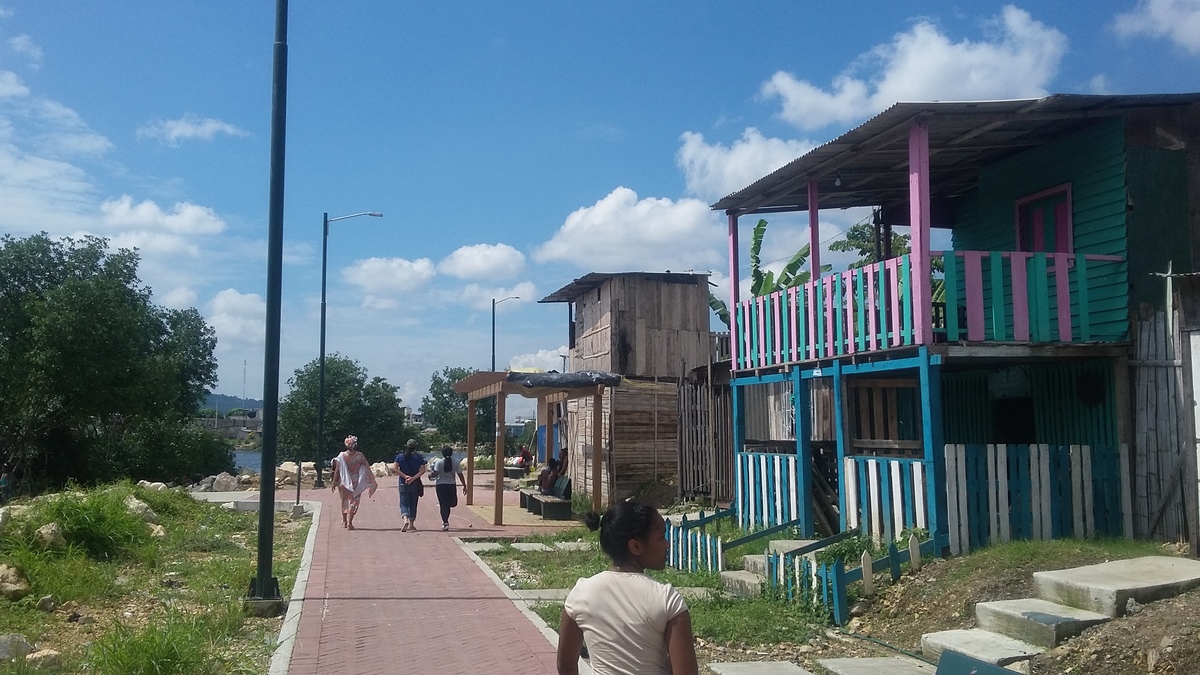
05 – Trinity Island and La Playita del Guasmo
A mangrove island that was occupied a little over 20 years ago mainly by migrants from the province of Esmeraldas. The area has a marked afro component and is another face of Guayaquil. The times of the houses settled in the water with weak sticks is over. Now the streets are mostly paved and the cement houses, but the site retains its joy and marked identity. The Progressive Women’s Association can promote tourism in the area, and can be a good host for a visit. It is not advisable to visit the interior streets of the island without the accompaniment of someone from there, as there is a presence of violent gangs.
The little beach is a river beach located in a popular neighborhood called El Guasmo. Access to La Playita in the day has guards vigilanci. There is a metro route that arrives there from the center. To see in www.moovit.com
More information Isla Trinitaria: (Ask me Diana).

06 – Los Malecones del Salado, the Ciclovía of the Garay and Guayarte neighborhood
The Garay neighborhood bike path starts at the Plaza de la Música, next to the sailing bridge. This bike path is a bridge over water, and borders the houses that are in the water.
Although in recent years the central government worked on creating miles of new piers in the southwest of the city, what is locally called Malecones del Salado are the Malecón of the University of Guayaquil, which borders Av Carlos J Arosemena and its continuation to the south of the bridge June 5.The municipality has created two self-guided routes for bird watching, with the recommendation to do them early in the morning or at the end of the afternoon, time when birds tend to be seen more easily. In these routes you can observe 50 types of birds. On route 2, when leaving the Malecon of the University before taking the zigzag bridge, a gate is usually closed early in the morning and from the time the sun falls, so it is advisable to make sure it is open before making the route. In the Malecón del Salado at the height of the food court of the Velero bridge there is the option of renting rowboats.
The birdwatching guide can be downloaded here.
The Guayarte complex is two new gastronomic squares, meeting places for friends with open areas. Abundant local art. They are not franchise restaurants; they are proposals with more identity.
https://www.instagram.com/plazaguayarte/?hl=en
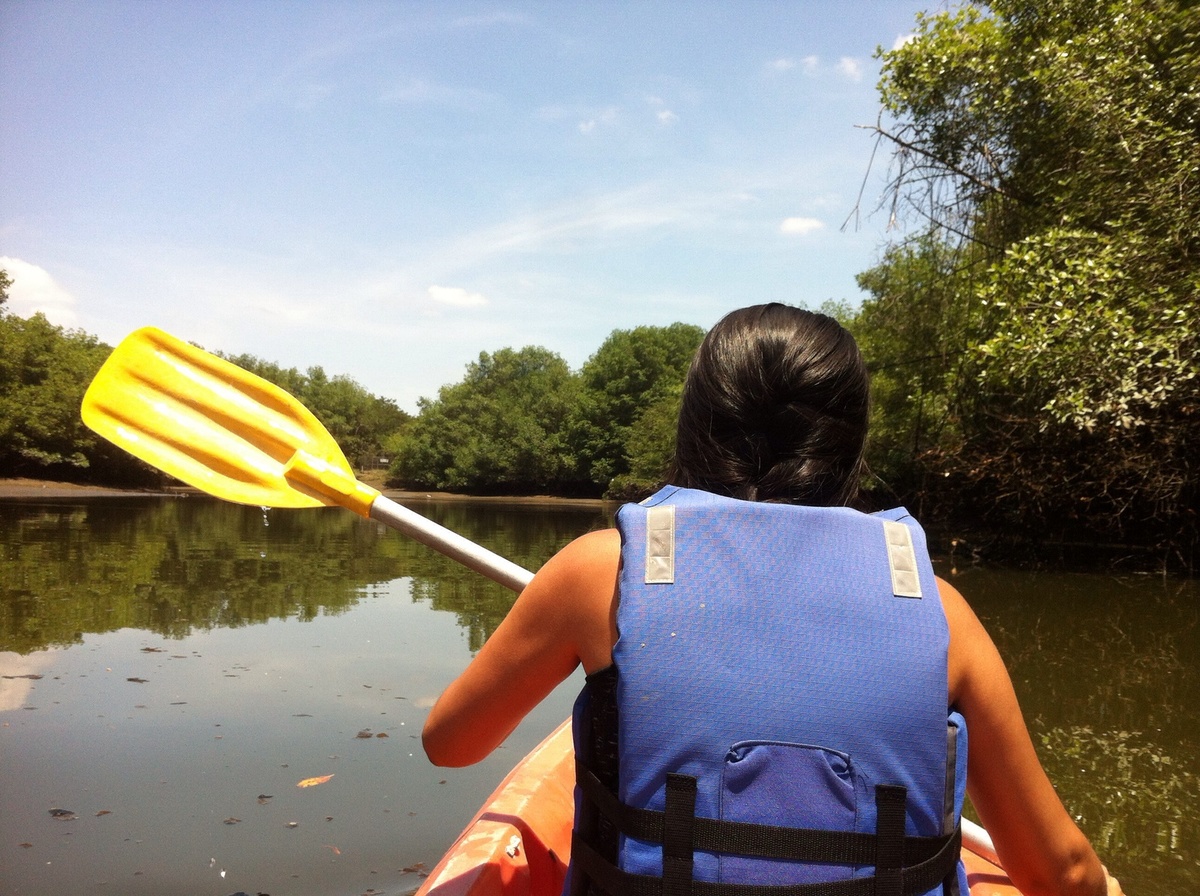
07 – The mangroves of Puerto Hondo / Cerro Blanco
Puerto Hondo is a protected recreational area, located 25-45 minutes from downtown. Puerto Hondo is a mangrove area. The eco club The dolphin has kayaks to rent, $ 5 an hour in kayak for 2. There are few kayaks. Cerro Blanco is very close to Puerto Hondo, and is a private reserve of dry forest, with beautiful trails, camping area and a cabin for groups.http://bosquecerroblanco.org/

08 – The Iguana Park and La Bahia
Few things are as representative of Guayaquil as the park of the Iguanas. A colony of land iguanas that have turned their home into a park in the center of the city. The Bay is a street market of several blocks where you can literally find everything. A lot of chaos and local color.
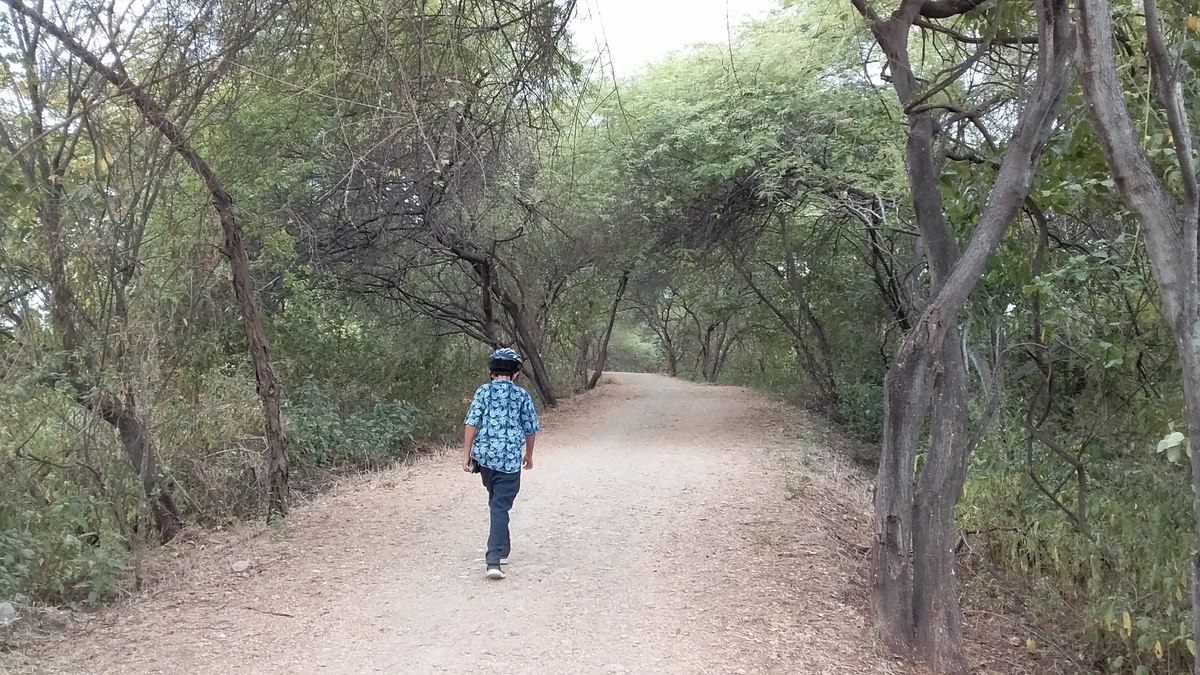
09 – Samanes Park
With an extension of 851 hectares, this is the third largest urban park in Latin America. Possibly the most interesting area is the area known as Senderos – the Forest Reserve, with 10 km. of bike paths in a natural environment of tropical dry forest. In the area there are 116 species of fauna, of which 90 are birds. There are 2.5 kilometers of park bordering the Daule River that is about to open. Multiple courts, bike paths, bike rental service, food courts, amphitheater, shopping areas and children’s entertainment.
How to get there: Samanes Park is located in the north of Guayaquil. From the center a taxi costs $ 5. It is important to specify to which part of the park you wish to go.
Hours of operation: Open every day from 06:00 to 23:00. The Forest Reserve opens from Wednesday to Sunday, from 06:00 to 17:00. Cost: Free. Park guide: http://areasprotegidas.ambiente.gob.ec/sites/default/files/GUIA_PARQUES_18-2014.pdf
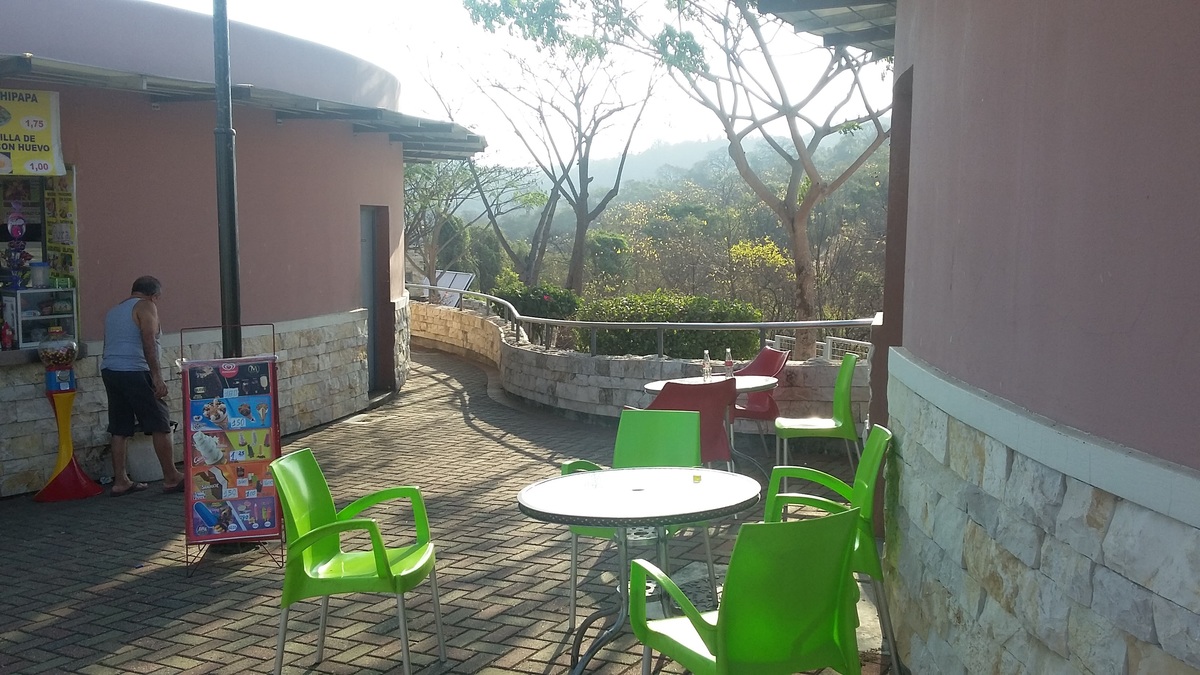
10 – The Huecas oh Guayaquil
Guayaquil is an epicenter of Ecuadorian gastronomy. The Municipality has made an inventory of the most delicious and tasty of the port. In Guayaquil you will find the best ceviches, the best onions and the best guatitas. The online guide of the hollows of Guayaquil saves years of trial and error. Recommendedhttp://www.guayaquilesmidestino.com/es/gastronomia
About the autor
Ricardo Cevallos Estarellas is a travel writer specialized in sustainable development and founder of Manso, a hotel venture in Guayaquil that is committed to tourism as a powerful agent of change.
